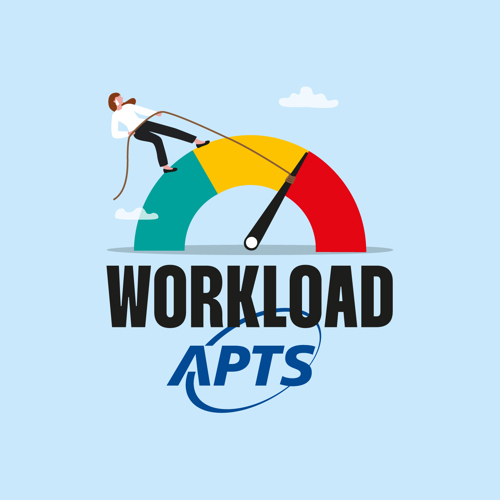Workload: a new approach and new tools
October 21, 2024

“We won’t be neglecting work overload, but we’re moving from denunciation to a positive vision based on prevention and education,” says APTS vice-president Sandra Etienne, the political officer responsible for workload issues.
The first step in carrying out this change was taken last March with the creation of the new Workload Intervention Group (Groupe d’intervention sur la charge de travail or GICT), which replaced the provincial working committee on work overload. The GICT has met several times since then, working actively to develop a new intervention strategy that was officially launched at the last General Council.
The idea is that in order to better control, or eliminate, the problem of work overload, we first need to better understand and acknowledge all of its aspects, develop a better ability to “read” the general context surrounding it (signs, indicators), and identify available resources and means of action so that we can then act more effectively.
Based on this perspective, the GICT has prepared a new Workload Guide for local union teams. The guide, which has just been launched in French and will be made available in English, presents the new approach. At the same time, we are producing a series of 12 factsheets for APTS members, reflecting the contents of the Guide and providing accessible information on the same topic. The factsheets will be published in the Fil@pts.
The new tools offer a basis for reflection and suggest solutions for work overload in a simple and accessible manner. A dozen themes are explored, from basic concepts to occupational health and safety, professional autonomy and ethical requirements.
The new approach also involves a new visual signature (see the illustration above). “Together, all of these express a new orientation,” noted Sandra Etienne. “We’re looking at things from a new point of view: information and solutions, then taking charge, action and mobilization.”
GICT members are firmly convinced that in order to fight work overload, we must first understand the concepts that define it so that we can protect ourselves by using the right levers at the right time. That is the essence of the new approach

